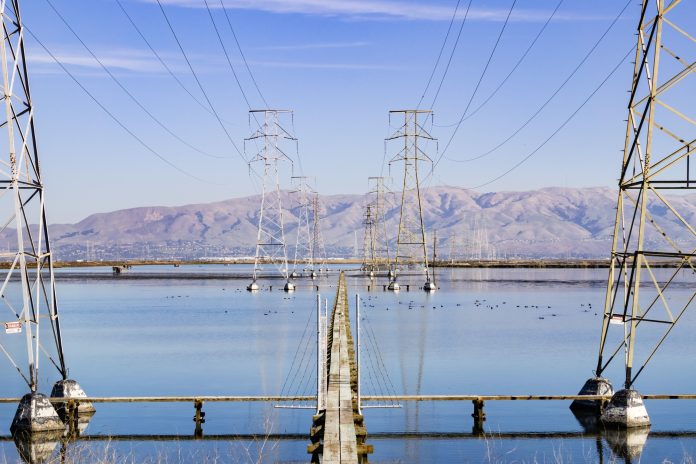As electricity demand reaches unprecedented levels across the Lower 48 states, small business owners must navigate an environment where energy consumption is on the rise. According to recent data from the U.S. Energy Information Administration (EIA), demand surpassed previous peaks on two separate occasions in the last week of July, primarily driven by summer heat and an overall upward trend in energy needs.
On July 28, demand peaked at an astounding 758,053 megawatts (MW) between 6:00 and 7:00 PM Eastern Time, followed by another record the next day, hitting 759,180 MW. This surge eclipsed the previous record of 745,020 MW set on July 15, 2024. Such significant spikes in demand can have direct implications for businesses reliant on consistent and affordable electricity.
For small business owners, understanding these trends is crucial. The EIA forecasts that U.S. electricity demand will continue to grow at an annual rate of just over 2% through 2026. This growth is particularly pronounced in regions investing in large data centers and manufacturing facilities, notably Texas and Northern Virginia. As demand increases, so too can the cost of electricity and potential disruptions associated with grid limitations.
Electricity consumption affects a wide range of business operations, from retail and service industries to manufacturing and logistics. A rise in demand typically leads to higher prices, especially during peak hours. This is where proactive planning becomes invaluable. Small businesses can implement strategies to manage energy costs effectively. For instance, scheduling energy-intensive operations during off-peak hours can protect against higher charges while conserving energy.
"It’s crucial for businesses to be proactive about their energy consumption," notes Alex Mey, a principal contributor to the EIA report. "By anticipating demand spikes and adjusting operations accordingly, they can mitigate the impact of rising costs."
Moreover, firms can explore adopting energy-efficient technologies that not only reduce costs but also enhance sustainability. Options such as LED lighting, high-efficiency HVAC systems, and smart energy management software can minimize electricity use while ensuring that operations run smoothly.
However, there are challenges to consider. As electricity demand rises, grid stability may become an issue, leading to potential outages or rolling blackouts during periods of extreme demand. Small business owners should stay informed about grid conditions and have contingency plans in place to safeguard operations. This might include backup generators or critical electronic equipment that operates on uninterruptible power supplies (UPS).
Investment in sustainable energy solutions could also be a viable path for many small businesses. Transitioning to solar power or other renewable sources not only contributes to lower operational costs but may also align with consumer trends favoring sustainability. Various incentive programs are available, which can help offset initial investment costs, making this a win-win for both the environment and the bottom line.
As we approach a future where electricity demand is not only over 2% annually but also increasingly volatile during peak times, small business owners should remain vigilant. Monitoring electricity consumption, understanding market trends, and adopting efficient practices will be essential in navigating the complexities of rising electricity demand.
For more detailed insights from the EIA on this topic and its implications for small businesses, visit the original report here. Awareness and adaptability will be key as small business owners work to stay ahead in an ever-evolving energy landscape.
Image Via Envato: SundryPhotography



